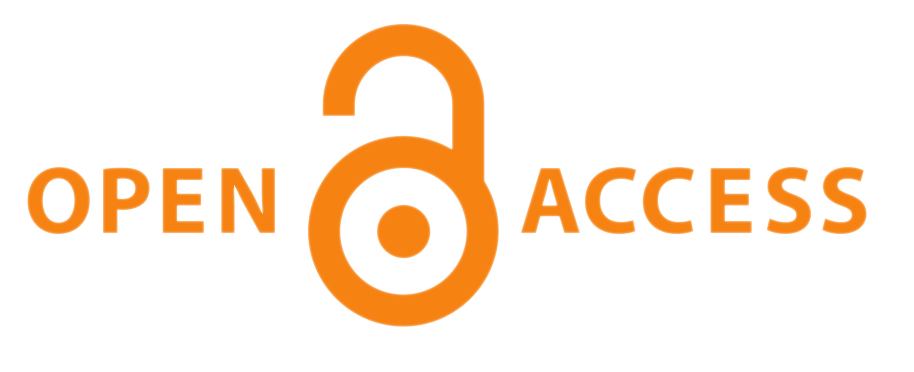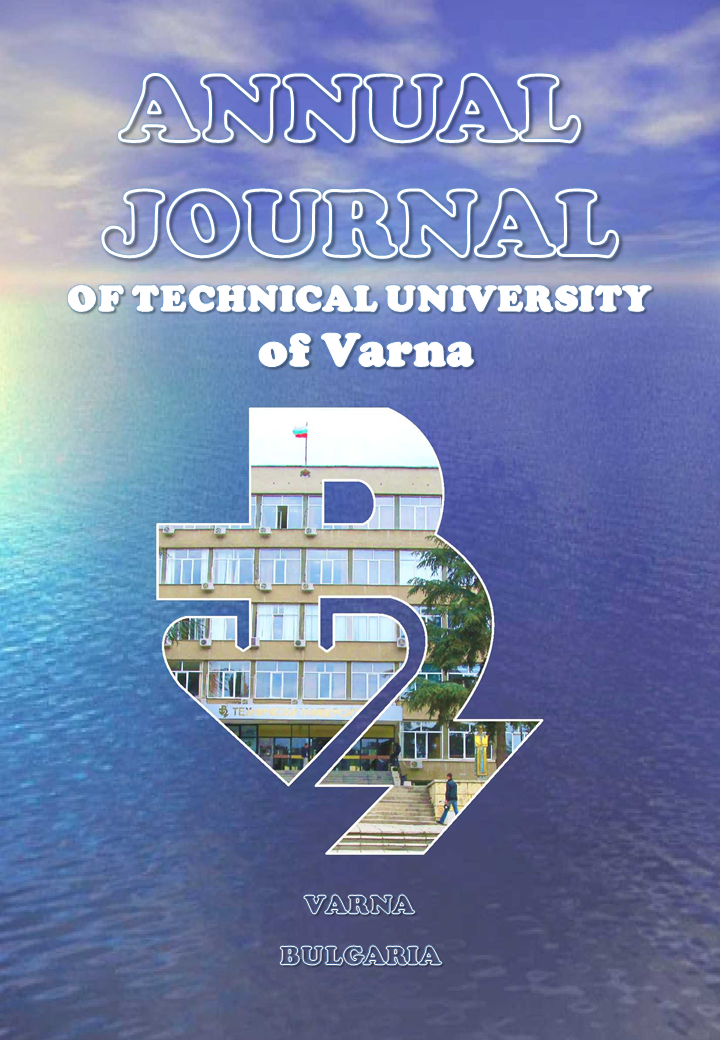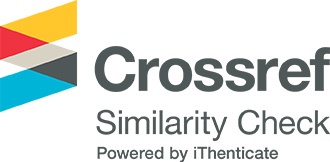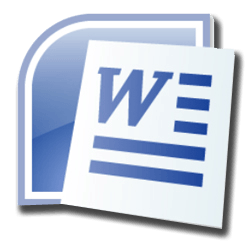Elastic constants of iron base sintered alloys after chemical heat treatment
##semicolon##
https://doi.org/10.29114/ajtuv.vol8.iss1.303##semicolon##
sintered alloys##common.commaListSeparator## low temperature gas nitrocarburizing (LTGNC)##common.commaListSeparator## elastic constants##common.commaListSeparator## metallography##common.commaListSeparator## Vickers hardness##common.commaListSeparator## impulse resonance method##common.commaListSeparator## Young's modulusАбстракт
In this paper is shown the effect of applied low-temperature gas nitrocarburizing on the elastic constants and mechanical properties of iron based sintered alloys. Low temperature gas nitrocarburizing (LTGNC) was carried out under laboratory conditions at T=550oC, and short saturation times of 15 and 30 min, respectively. The process was carried out in a laboratory shaft furnace with a volume of 2 dm3, in ammonia and carbon dioxide at an HN3/CO2=7.5/1 ratio. The elastic constants were determined using a standard dynamic methodology based on a pulse resonance method. Density and porosity of the samples were determined. A metallographic analysis of the microstructure after sintering and after chemical heat treatment was carried out.
Изтегляния
##submission.citations##
<li>ASTM E1876-09 Standard Test Method for Dynamic Young's Modulus, Shear Modulus, and Poisson's Ratio by Impulse Excitation of Vibration.</li>
<li>Azabeh, M., Gierl, C., & Danninger, H. (2006). Elastic properties of Cr-Mo alloyed sintered steels: A comparison of dynamic and static Young's moduli. Powder Metallurgy Progress, Vol 6, 1-10.</li>
<li>Chawla, N., & Deng, X. (2005). Microstructure and mechanical behavior of porous sintered steels. Materials Science and Engineering, 98-112. <a href="https://doi.org/10.1016/j.msea.2004.08.46" target="_blank">Crossref</a></li>
<li>Dimitrov, D. M. (2013). Application of dynamic methods for determination of elastic constants of powder metallurgy materials. NTD Days 2013, 432-435.</li>
<li>Dimtrov, D. M., Mincheva, D., & Slavov, S. (2022). Influence of porosity to dynamic Young’s modulus of sintered iron. Bayesian approach. Materials Today Proceedings, 59(21). <a href="https://doi.org/10.1016/j.matpr.2022.03.399" target="_blank">Crossref</a></li>
<li>Galina, V., & Mannone, G. (1968). Effect of porosity and particle size on the mechanical strength of sintered iron. Powder Metall., 77-82. <a href="https://doi.org/10.1179/pom.1968.11.21.006" target="_blank">Crossref</a></li>
<li>Gallo, S. A., Vitiello, A., & Prisco, U. (2003). On control of Young's modulus of iron sintered part through steam oxidation treatment. Powder Metallurgy, 46(1). <a href="https://doi.org/10.1179/00332588903225010541" target="_blank">Crossref</a></li>
<li>German, R. (1994). Powder metallurgy. New Jersey: Metal Powder Industries Federation.</li>
<li>Hirose, N., Oouchi, K., Fujiki, A., & Asami, J. (2006). Study of Elastic Moduli of Sintered Low Alloy Steels. 2006 POWDER METALLURGY World Congress (pp. 387-388). Korean Powder Metallurgy Institute. <a href="https://doi.org/10.4028/0-87849-419-7.749" target="_blank">Crossref</a></li>
<li>Norimitsu, H., Asami, J., & Fujiki, A. (2004). Poisson's ratio of sintered materials for structural machine parts. Powder Metallurgy, 515-525. <a href="https://doi.org/10.2497/jjspm.51.515" target="_blank">Crossref</a></li>
<li>Riera, M., Marba, I., & Prado, J. (2003). Elastic behavior under compressive stress states of sintered metallic parts. European Congress and Exhibition on Powder Metallurgy, EURO PM2003, (pp. 447-452).</li>
<li>Ternero, F., Rosa, L. G., Urban, P., & Montes, J. (2021). Influence of the total porosity on the properties of sintered materials. Metals. <a href="https://doi.org/10.3390/met1150730" target="_blank">Crossref</a></li>
</ul>
##submission.downloads##
Публикуван
##submission.howToCite##
Брой
Раздел (Секция)
##submission.license##
СПОРАЗУМЕНИЕ ЗА ПУБЛИКУВАНЕ
Годишника на Технически университет - Варна (ГТУВ) цели да гарантира, че постъпващите статии се публикуват, като същевременно се предоставя значителна свобода на публикуващите ги автори. За изпълнение на тази цел, ГТУВ поддържа гъвкава политика относно авторските права, което означава, че няма прехвърляне на авторски права от автора на издателя, а авторите запазват изключително авторско право върху интелектуалното си произведение.
При изпращане на статия, Отговорния автор трябва да се съгласи и приеме правилата и условията за публикуване, изложени в настоящото Споразумение за публикуване, които са както следва:
ПРЕДОСТАВЯНЕ НА ПРАВА ОТ ОТГОВОРНИЯ АВТОР
Отговорния автор предоставя на ГТУВ за времето на пълния срок на авторското право и всяко следващо удължаване или подновяване, следното:
• Неотменимо, неизключително право да публикува, възпроизвежда, предоставя, разпространява или по друг начин използва предоставената работа в електронни и печатни издания и в производни произведения в целия свят, на всички езици и във всички известни съществуващи или в последствие възникнали медии.
• Неотменимо, неизключително право да създава и съхранява електронни архивни копия на работата, включително правото да депозира предоставената работа в дигитални хранилища с отворен достъп.
• Неотменимо, неизключително право на лицензиране на други лица да възпроизвеждат, превеждат, преиздават, предоставят и разпространяват предоставената работа при условие, че авторите са надлежно идентифицирани (за момента това се извършва чрез публикуване на произведението под лиценз Creative Commons Attribution 4.0 Unported).
С предоставянето на работата за публикуване, авторските права върху материала остават на авторите. Авторите запазват всички патентни, търговски марки и/или други права върху интелектуалната си собственост.
ЗАДЪЛЖЕНИЯ НА ОТГОВОРНИЯ АВТОР И СЪАВТОРИТЕ
При последващо разпространение или повторно публикуване на предоставената работа, Отговорния автор се съгласява да идентифицира ГТУВ, в който е публикувано произведението като първоначален източник на първото публикуване на работата. Отговорния автор гарантира, че съавторите също ще посочват ГТУВ като източник на първото публикуване, когато разпространяват, преиздават или се позовават на настоящата работа в бъдещи свои публикации.
ГАРАНЦИИ ОТ СТРАНА НА ОТГОВОРНИЯ АВТОР
Отговорния автор гарантира че предоставената за публикуване работа не нарушава никои действащи нормативни разпоредби или законни права на която и да е трета страна. Същия гарантира че работата не съдържа какъвто и да е материал, който може да се възприеме от читателската аудитория като неетичен, компрометиращ, нехуманен, расистки, клеветнически и/или нарушаващ авторски и/или имуществени права, права на интелектуална собственост или поети ангажименти за поверителност към трети страни. Отговорния автор гарантира че предоставеният материал е с оригинално съдържание, не е официално публикуван в никое друго издателство, както и че не е в процес на публикуване пред други издателства. Отговорния автор също така гарантира че притежава съответните правомощия да сключи настоящото споразумение. Ако предоставяната работа е подготвена съвместно с други съавтори, Отговорния автор гарантира че всички останали съавтори са информирани и са съгласни предоставения материал да бъде публикуван в ГТУВ.
Отговорния автор лично (или от името на авторския колектив) дава съгласието си да не въвлича по никакъв начин ГТУВ като страна в каквито и да било научни, академични, административни и/или съдебни спорове, в случаите на установени нарушения на горепосочените декларации и гаранции.
ПРАВА И ЗАДЪЛЖЕНИЯ НА ГТУВ
ГТУВ се съгласява да публикува предоставения материал, в случаите когато същия отговаря напълно на всички необходими качествени, технически и редакционни изисквания, като го идентифицира еднозначно с авторите му. В следствие на настоящото споразумение, на ГТУВ се предоставя правомощие да упражнява права при необходимост от името на авторите върху трети лица, като например в случаите на установено плагиатство, нарушаване на авторски права и др.
Декларация за поверителност на лични данни
Вашите имена и имейл адреси, въведени в уебсайта на ГТУВ, ще бъдат използвани само и изключително за обявените цели на настоящото списание и няма да бъдат използвани за никакви други цели от издателя или предоставяни на друга - трета страна.
Издателят се задължава да извърши всички необходими действия, цялата предоставена лична информация да остане конфиденциална, в рамките на издателя и да не бъде споделена с външни обекти или субекти, освен ако не е дадено предварително изрично разрешение от собственика на личните данни.
Вашата лична информация няма да бъде обект на продажба, разпространение или публикуване по какъвто и да е начин и под каквато и да е форма.









